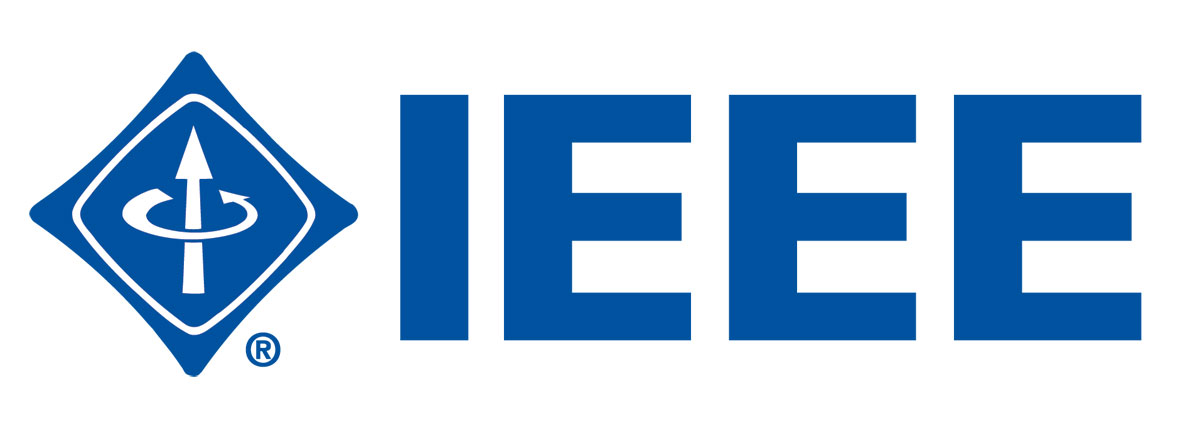It is reported that IoT healthcare market is expected to grow from USD41.22 billion in 2017 to USD158.07 billion by 2022. This is a clear indication that signifies the importance of IoT healthcare. In assuring IoT healthcare software, the current test case prioritization mechanism is not efficient and effective in revealing defects. The current mechanisms rely on widely used string metrics that perform moderately in revealing defects. In this sense, a need for state-of-the-art string metric algorithm is essential, which would allow software development houses to efficiently and effectively reveal software defects. However, the biggest challenge for test case prioritization mechanism is to accurately trace links between software artefacts prior to test case prioritization. In addition, the current traceability mechanisms suffer precision and recall issues due to inability in handling documents with low meaningful text in software artefacts. This study aims to produce a new string metric algorithm as well as traceability mechanisms that will support test case prioritization. The study has three objectives: (1) to propose a new string metric ordered sequence algorithm for improving computational time and rate of defect detection, (2) to propose traceability mechanisms through collaborating software artefacts, and (3) to validate and evaluate the proposed similarity-based test case prioritization mechanism using selected dataset and case studies. The methodology will briefly have five phases: (1) investigate string metrics, (2) identify datasets, (3) investigate string metrics’ performance, (4) investigate traceability mechanisms, and (5) propose mechanism for test case prioritization. The expected output of this study is a new string metric algorithm that could assist in yielding higher defect detection in faster time as well test case prioritization mechanism incorporating traceability mechanisms that trace links more accurately. The significance of the output is it would help developers to perform effective software testing on IoT healthcare software.
Professor in Software Engineering
Latest News
- Nurturing Computational Thinking Skill into Secondary School Students through Educational Robotics
- RoboKar Workshop: Computational Thinking for Problem Solving through Robotic Programming
- Liga Pengaturcaraan Robot, iCare UTM – Kejora
- Liga UTM-KEJORA: Template Logbook Jurnal Penyelesaian Masalah Robokar
- Protected: Teaching Materials – Real-Time Software Engineering / Advanced Software Engineering
- Protected: Pelaksanaan Modul di Sekolah
- Free E-Book For Download
Teaching
Copyright © 2025 Dayang Norhayati Abang Jawawi · Genesis Theme Framework






